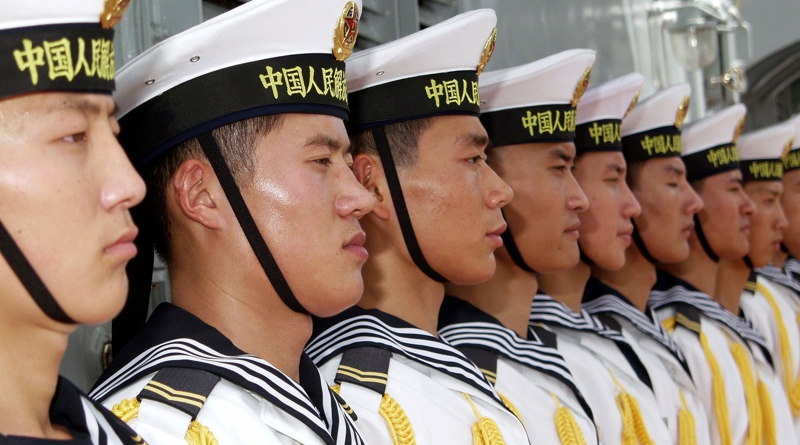Gray Zone In Red: The Threat From China’s Political Warfare Past
By Thomas A. Marks & David H. Ucko
With the United States having shifted its defense emphasis to peer and near-peer rivals, study of irregular warfare has likewise expanded its scope to applicable lessons for the strategic level, within the context of great-power competition. In theory, meanwhile, concern for sub-state actors remains an integral mission for the Department of Defense (DoD), with formal tasking issued to integrate into joint professional military education (JPME) the insights drawn from the last two decades of commitment.
The resulting synthesis has led to discussion of what has variously been termed gray zone conflict, hybrid war, or political warfare. Often used as synonyms, the terms in reality offer little more than an attempt to describe, for a generation which largely missed the Cold War, what was routine throughout that global struggle: a state of continuous conflict in which the foe used all nonkinetic instruments of power strategically but sought to remain below a threshold provoking kinetic response.
As might be expected, focus remains overwhelmingly on Russia and China. Within this orientation, though, the aggressive mix by Moscow of the kinetic and non-kinetic, most glaringly for outright territorial expansion, has driven a more direct focus upon the warfighting dimension of the issue. China’s use of irregular methods has remained less examined, particularly in its modern use of political warfare.
Revisiting the Past
Most U.S...

